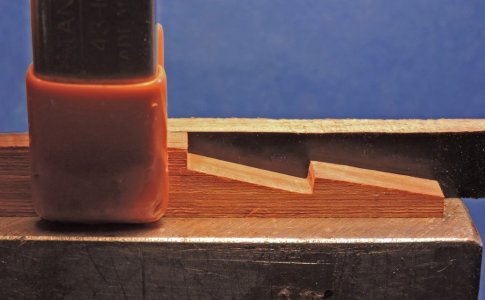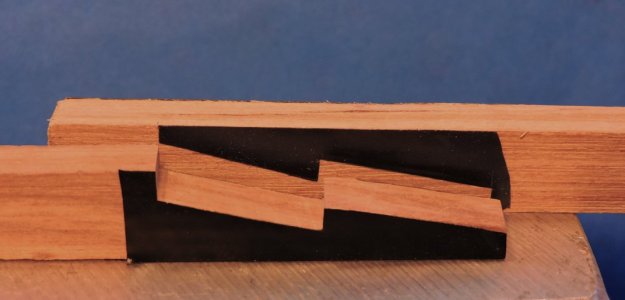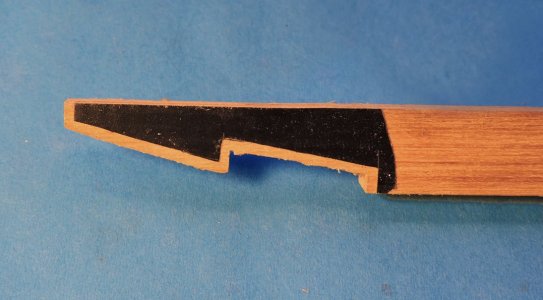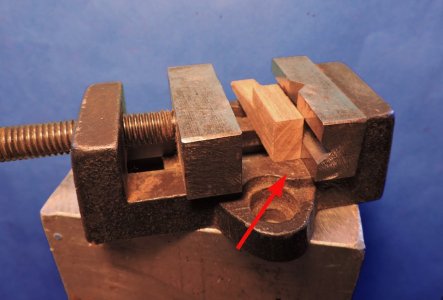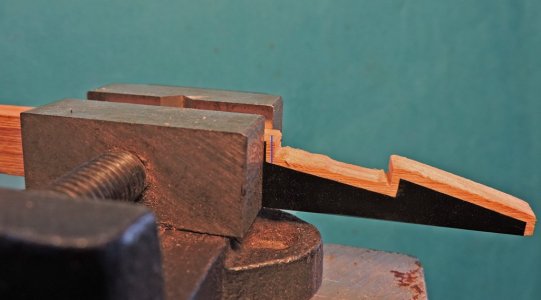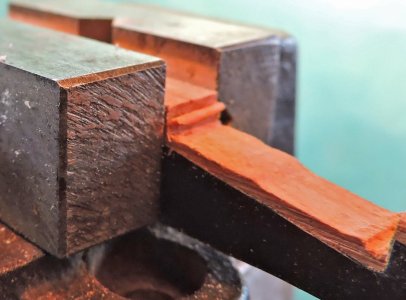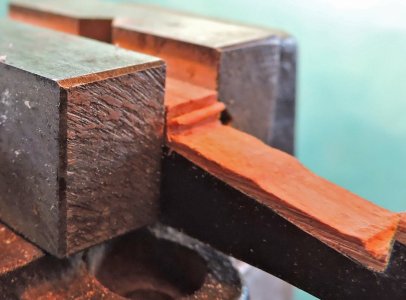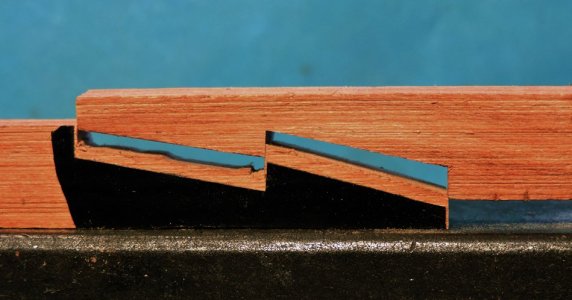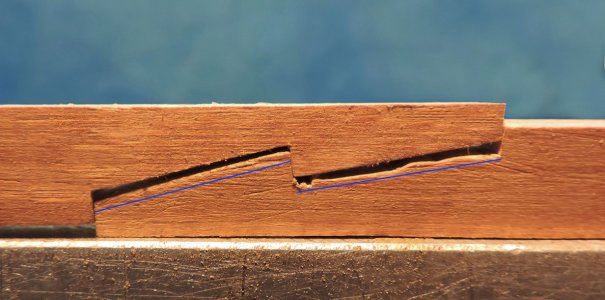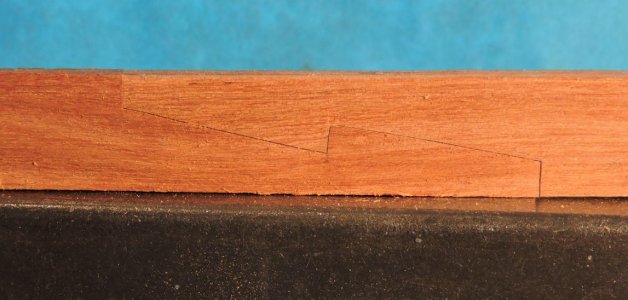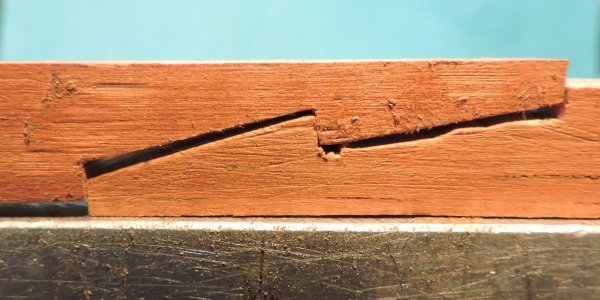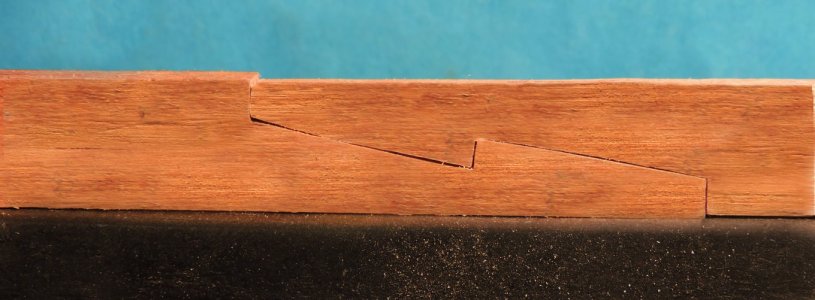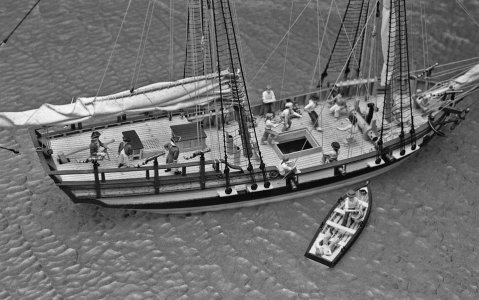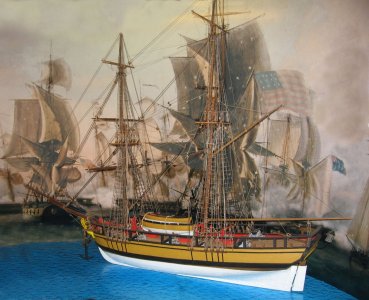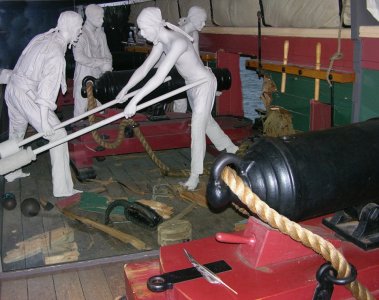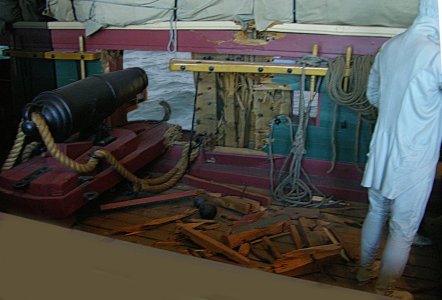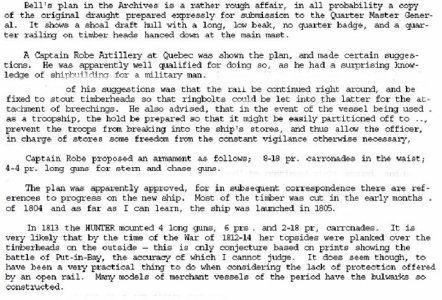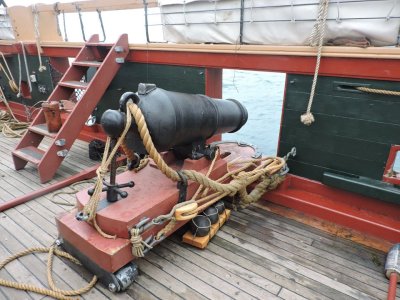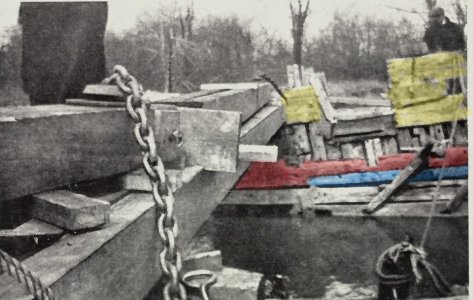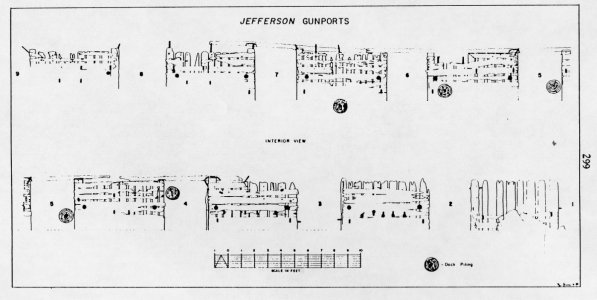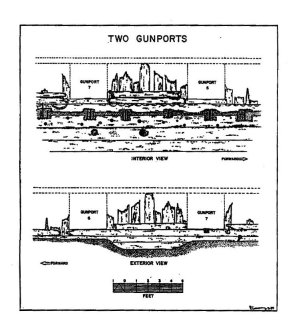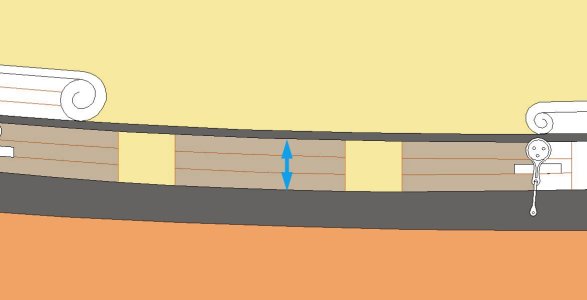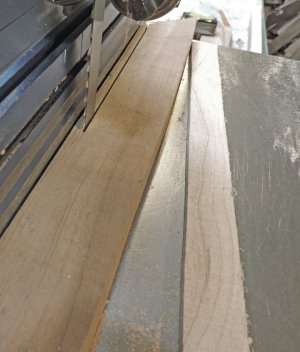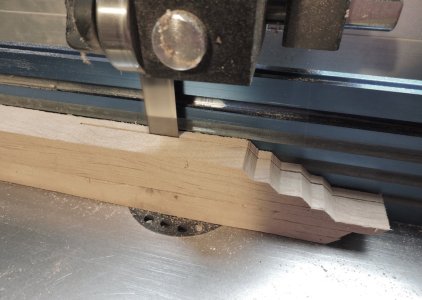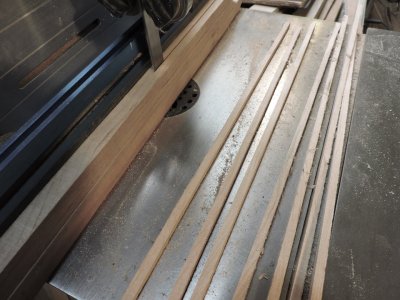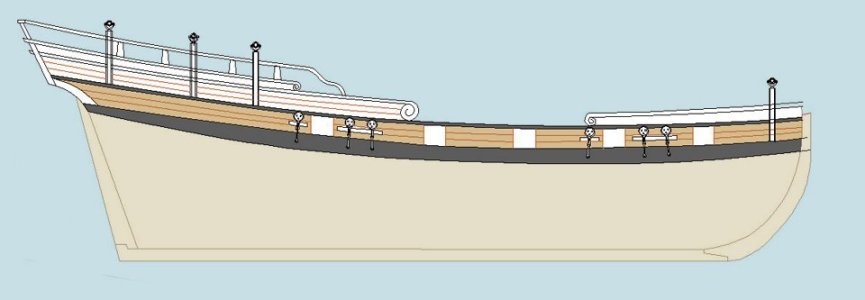Dave,
Giving this some consideration: at first thought - open or closed would probably not make a difference to a cannon ball or an AP load. With closed there would be the addition of wood splinters. Unlike hot iron shards, the wood has living micro-organisms. This adds an additional delayed death factor. I read an account of there being a strong sailor protest on a vessel when wood was used to cover the sides of the hammock railing - additional splinters with no positive protective value. BUT, a second thought - it was not just cannon. There were muskets and swivels and native archers. Planked bulwarks would be vitally valuable here. Two layers would possibly stop small arms projectiles. The hide from view factor - probably very important.
On a personal bias - I frame everything above the bottom of the main wale as a solid wall. This makes the hull from the upper deck to the rail VERY strong. Planking inside for strength against build shock is not necessary. Doing the waterway first makes it easier to get a tight fit - one dimension instead of two for the last member installed. Planking the inside does save me from having to deal with the appearance of top timbers. So I have a definite bias there.
The futtocks mostly ended at the level of the upper deck on most actual ships. This presented at lot of open ended straws at a level where there was both salt and fresh water. A major - perhaps THE major function of the waterway was to cover the open grain ends from water and fungal destruction.

